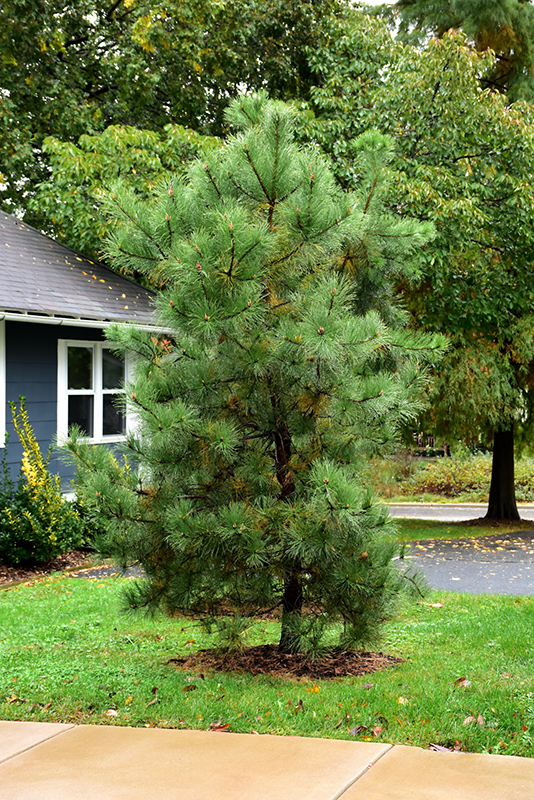>> Home
Height: 50 feet
Spread: 40 feet
Sunlight:
![]()
Hardiness Zone: 4a
Other Names: Northern Pitch Pine
Description:
A common pine of eastern North America, extremely diverse, open habit of growth, ranging from a scraggly, wild mess of twisted branches to a tall, artistic tree; extremely adaptable to poor, gravelly soils, wet or dry, but must be acidic
Ornamental Features
Pitch Pine is primarily valued in the landscape for its ornamental globe-shaped form. It has dark green evergreen foliage. The needles remain dark green throughout the winter. The furrowed brick red bark adds an interesting dimension to the landscape.
Landscape Attributes
Pitch Pine is a dense evergreen tree with a strong central leader and a more or less rounded form. Its average texture blends into the landscape, but can be balanced by one or two finer or coarser trees or shrubs for an effective composition.
This is a relatively low maintenance tree. When pruning is necessary, it is recommended to only trim back the new growth of the current season, other than to remove any dieback. It has no significant negative characteristics.
Pitch Pine is recommended for the following landscape applications;
- Shade
Planting & Growing
Pitch Pine will grow to be about 50 feet tall at maturity, with a spread of 40 feet. It has a low canopy with a typical clearance of 5 feet from the ground, and should not be planted underneath power lines. It grows at a medium rate, and under ideal conditions can be expected to live for 90 years or more.
This tree should only be grown in full sunlight. It is very adaptable to both dry and moist growing conditions, but will not tolerate any standing water. It is not particular as to soil type or pH, and is able to handle environmental salt. It is quite intolerant of urban pollution, therefore inner city or urban streetside plantings are best avoided, and will benefit from being planted in a relatively sheltered location. This species is not originally from North America.
